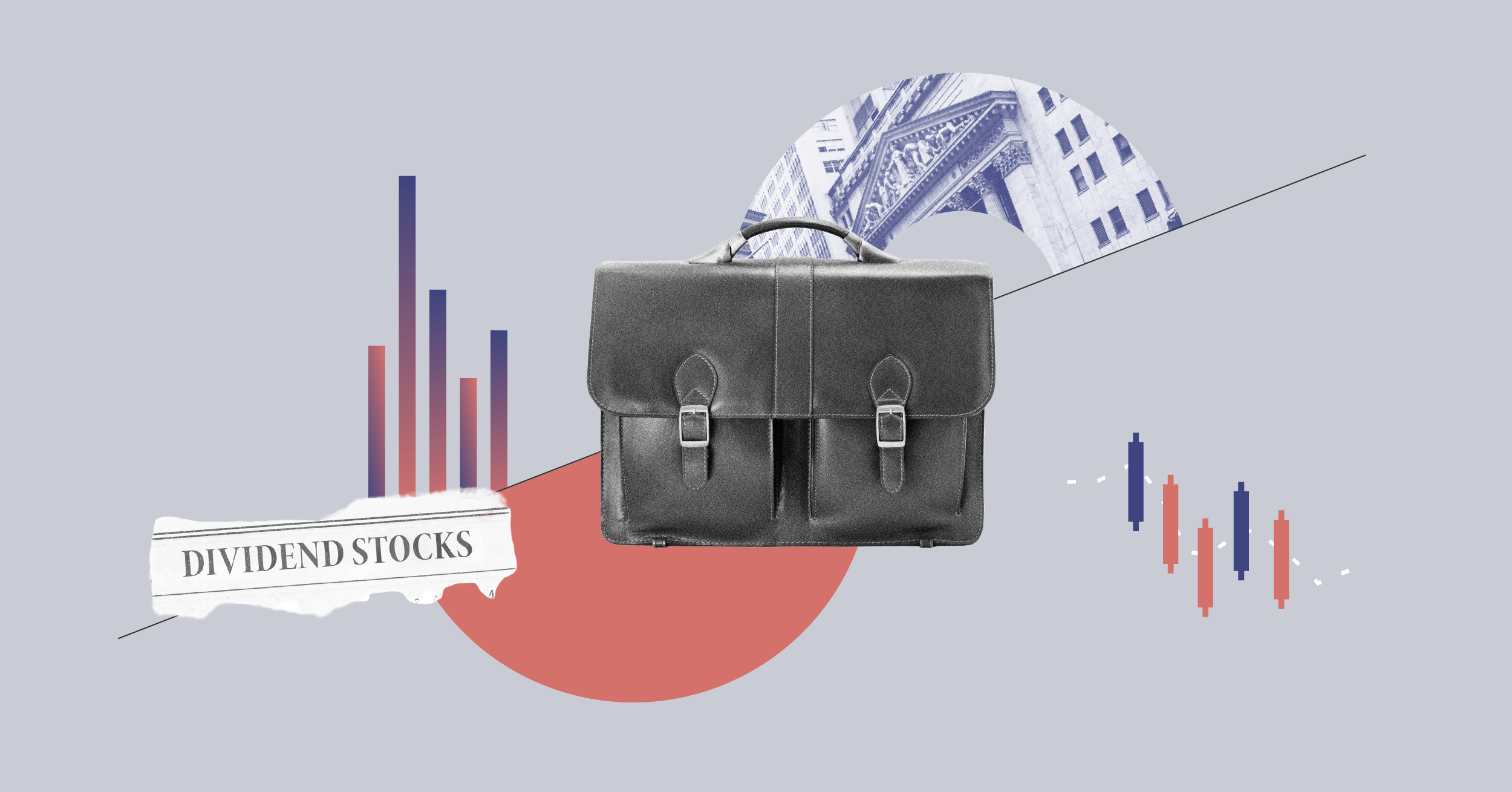Investors are always looking at fund flows to spot the latest trends in the market, whether it's a hot sector or a fallen star. This information gives us insights, and highlights one of the most common mistakes investors make--over-emphasising recent performance. Funds or sectors that post market-beating returns often see inflows ramp up as everyone hopes the hot streak will continue, just as shareholders typically bail out of laggards after a period of poor performance. Unfortunately, this behaviour usually leads to worse long-term returns than just buying and holding, as yesterday’s prince is often tomorrow’s frog. Your inner contrarian may be no fun at parties, but could be your best friend when investing.
This leads us to the concept of mean reversion, the secret ingredient that makes the boring formula of balanced portfolios and periodic rebalancing so successful. In its most basic form, mean reversion refers to the tendency of extreme performers (on either the high or the low end) in one period to perform the opposite in the future, bringing their long-term results closer to average. Mean reversion of prices to a long-term stable growth rate is one of the few predictable properties of nearly all asset classes. A quick online search for 'mean reversion' shows how many academic dissertations have been minted by finding this phenomenon in a new financial niche. Though the mechanisms behind long-term mean reversion are complex and imperfectly understood, the concept is quite perfectly simple. After a quick glance at the theory, we'll walk through two fairly straightforward examples of this principle in action, and then let you know how to put this theory into practice when managing your portfolio.
There are a number of possible explanations put forward for mean-reverting returns, but the most common is investor overreaction. In the face of imperfect information, investors look for the sectors, regions, or companies that have the rosiest prospects. These will often be the same assets whose price has been rising fastest in recent years, confirming the positive story. So far, so good. Unfortunately, investors seem to extrapolate that same past success on into the future, which is much less likely. The best-performing stocks all have good stories, but they also probably had a strong dose of good luck in the form of low competition or a fast-growing customer. As the tailwind from that lucky break dies down, disappointed investors pull out their money and future returns fail to match the past. Meanwhile, the woe begotten losers of yesteryear have shaken off their crippling debts, or used up their spare capacity, and look primed for strong returns. This type of mean reversion helps drive the “value effect”, where assets with low past returns and low prices relative to fundamentals tend to outperform.
This tendency for weak returns to follow strong can even occur for a single market over time. Any speculation bubble or sustained bear market drives asset class valuations to unsustainable highs or lows, setting the stage for returns to reverse themselves in the future. This provides much of the extra juice to regular portfolio rebalancing, which automatically shifts money out of the assets with the best recent performance and into those with the worst.
To give a flavour for how strong of an effect this mean reversion can have over time, let’s examine the historical performance of six of Europe’s largest equity markets:
To calculate the power of mean-reversion in each country over time, we identified the quarter of the months (84 in all) which had the lowest trailing five-year returns and then calculated the average return for that equity market in the five years following the poor returns. We similarly identified the quarter of months which had the highest trailing five-year returns for each country, and then averaged the returns for the five years following those months with strong trailing performance. Finally, we calculated the average five-year returns on each index over the entire period to provide a final comparison.

The chart above shows the average five-year return from 1970-2007 for each market (marked as 'Average' on the chart), as well as the average five-year returns after a period of poor performance ('Bottom Quartile') and strong performance ('Top Quartile').
The results show very powerful mean-reversion across nearly every market. While the difference between the average annual returns in the UK and the annual returns following a top or bottom quartile trailing five-year performance were negligible (partially due to the sustained bull market after the incredible lows of 1973-1974), there was significant underperformance in each of the other five markets following a five-year period of outperformance. Oddly enough, there seemed to be little return advantage to investing following a period of poor performance relative, but it should still be noted that the average five-year return following a period of poor performance was greater than the average five-year return over the entire time frame in every single country.
We have even seen this principle in action recently, with the fierce worldwide rally following the lows of March 2009. Obviously, there are still years to go before we find out if the atrocious performance of 2004-2008 led to a long-term buying opportunity, but this evidence suggests that investors who poured more money into the market in late 2008 will not regret their decision. We aren't advocating blindly investing anytime the market takes a dip or selling after a bull run, but these results provide a powerful argument against panicked selling and performance chasing. A disciplined rebalancing strategy of pulling money out of strong past performers and putting it into poor past performers takes natural advantage of this long-term mean reversion to drive better returns on a diversified portfolio.
We have seen mean-reversion work over time, but to really help rebalancing strategies, we would also need to see returns across major asset classes revert to the mean. In other words, we would need to see the best-performing asset classes of the past three-five years generally perform worse in the future, while the past laggards catch up with strong future returns. To test this, we designed another experiment including four indices representing major asset classes (the S&P 500 and STOXX 50 for developed market equities, the MSCI EM for emerging market equities and the Barclays Capital Global TR index for fixed income), which you might recognise from our previous article on asset allocation and rebalancing. For each 12-month period we identified the best and worst performing index, and then looked at how their results compared over the subsequent five year period.

Savvy investors armed with a basic understanding of mean reversion can use this property in their favour. Mean reversion can be put to work within the context of an appropriate asset allocation that is periodically rebalanced. While the actual percentages an investor allocates to different asset classes will depend largely on their unique investment goals and risk tolerance, the important thing is that they move money from asset classes that have run up into those that have lagged. Think of it as steadily harvesting some of the gains of a top performing asset class or fund, and planting them in a relative underperformer to reap the rewards of potentially above average future growth.







.png)









